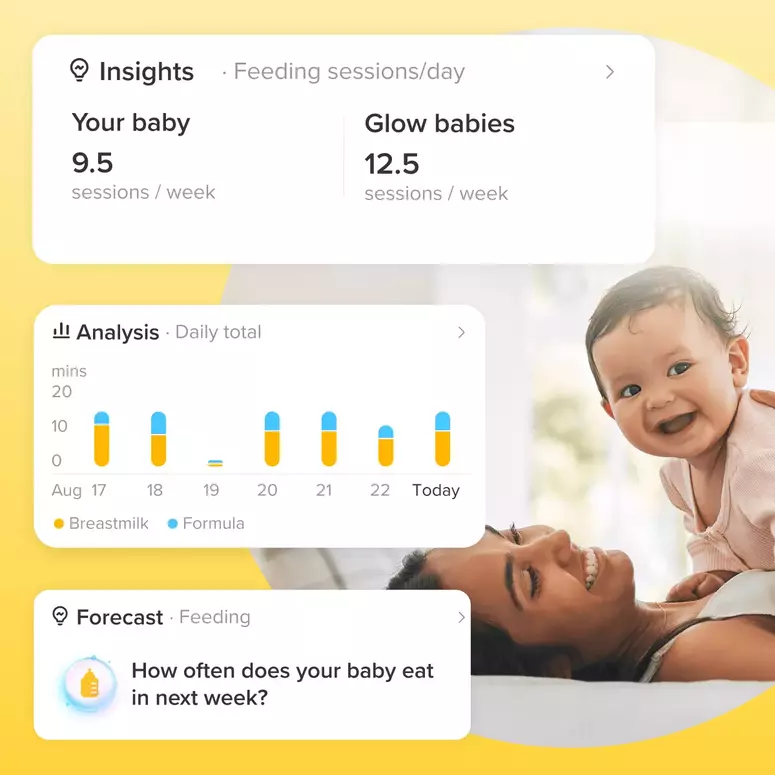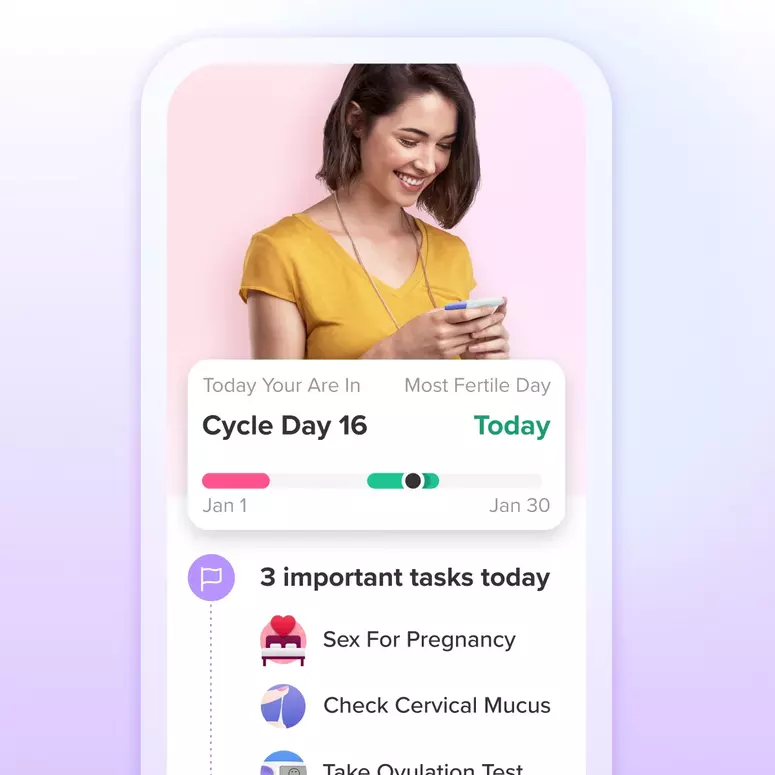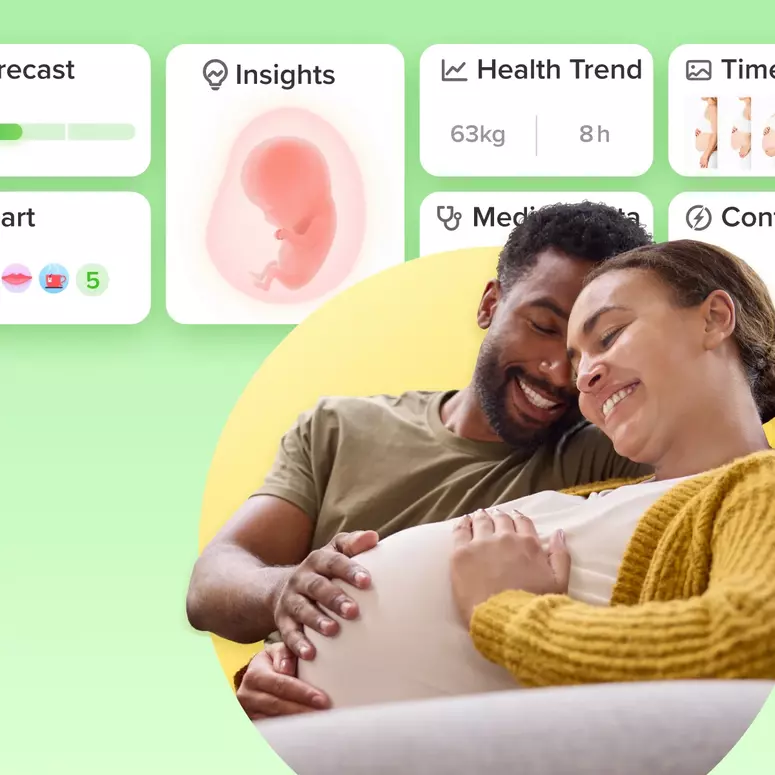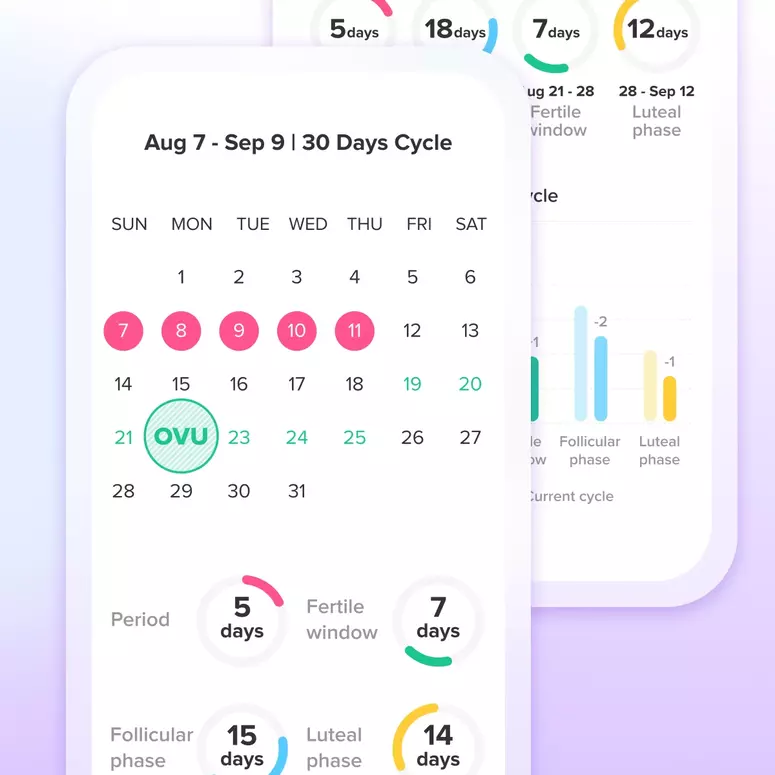Preparing For Multiple Births

As labor begins, you'll likely be connected to a fetal monitor so your doctor can check each baby's progress. The interval between the birth of each baby delivered vaginally is usually less than 20 to 30 minutes. And here's one piece of good news: Because multiple-birth babies tend to be smaller than single ones, it's easier to push them out. Luckily, they only come out one at a time!
In the case of multiples, though, a vaginal delivery may not always be possible. The crowded uterus can cause compression of the placenta or umbilical cord of any of the soon-to-be-born babies during labor. Prolonged compression may put one or more babies at serious risk as labor progresses during attempts at vaginal delivery. So prompt delivery by C-section may be necessary in these cases.
Positioning of the babies can also affect the safety of a vaginal delivery. It's common for the first baby to be born head first, whereas the subsequent infants may be breech (buttocks or feet first), transverse (sideways), or head first when entering the birth canal. Usually, if the first fetus is not head first, the babies will be delivered by C-section. And most triplets and other higher-order multiples are born by C-section.
If your doctor needs to perform a C-section, a catheter will be placed in your bladder, you'll be given anesthesia, and an incision will be made in your abdomen and uterus. The doctor will then deliver your babies through the incision. The babies will be delivered within just a few minutes of each other with this approach.
If you go into labor prematurely, you and your unborn babies will be closely monitored for signs of distress. You may have to make decisions on the delivery method and procedures at this time, so consider your options before arriving at the hospital.
Many babies born prematurely will need to go immediately to the NICU for the special care they need. Visitations by family members are usually encouraged, often right from the first day.
Achieve your health goals from period to parenting.




